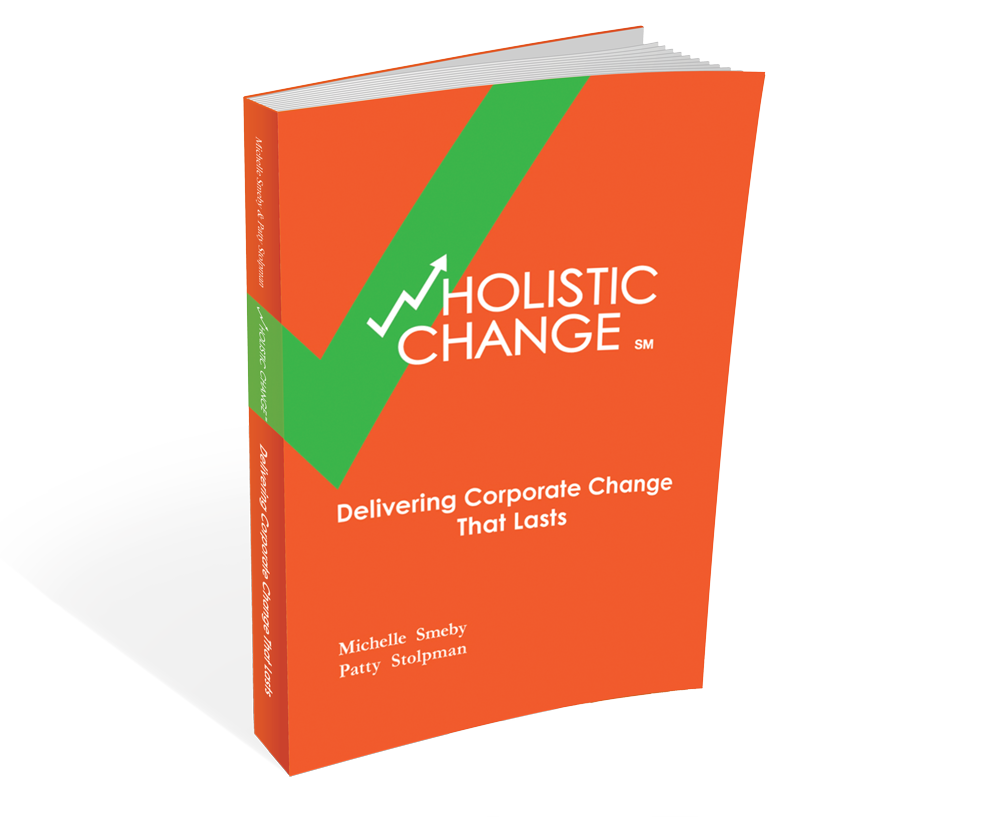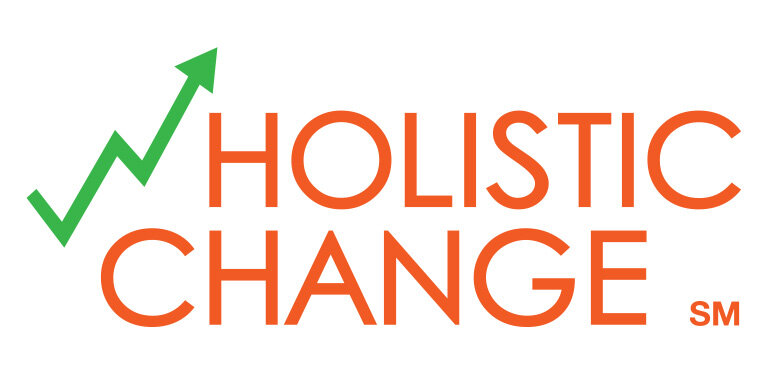I am completely inspired by Tom Szaky's approach to changing, and changing, and changing his business model to ultimately achieve his organization's mission. Tom is the CEO of TerraCycle, a recycling company, who described in this New York Times boss blog how he kept adapting his business model until he got it right:
- The original plan for TerraCycle was to develop an eco-friendly waste management company. People would pay them to take organic waste and they would feed it to worms instead of dumping it into landfills. But this was too expensive - they needed a better source of revenue.
- New model: the company would still take organic waste and feed it to worms, but they would package worm waste as premium fertilizer in used soda bottles and market it as “TerraCycle Plant Food.”
- They sold the Plant Food to major retailers such as WalMart and the Home Depot.
- To source used soda bottles, they created a “Bottle Brigade.” TerraCycle paid the shipping and a 5-cent donation per bottle to the school or charity of the sender’s choice.
- Within two years, the model was so successful that 4,000 schools had signed up. The company had to pay hundreds of thousands of dollars in shipping and donation costs, but couldn’t afford them.
- Next new model: TerraCycle decided to try to find sponsors — corporations that would be willing to pay the shipping costs in return for some positive publicity, but were unsuccessful. Corporations did not see the benefit in paying someone else to collect waste that had nothing to do with their own products — but companies were very eager to pay TerraCycle to collect waste from their own products. TerraCycle would then turn that waste into new raw materials for products that could be sold to consumers.
- Within a year they were collecting drink pouches, yogurt cups, energy bar wrappers and cookie wrappers that they turned into pencil cases, planters, notebooks, kites and so on. Within that same year, all of these products, and more, were available at major retailers who agreed that they embodied the same product tenets as TerraCycle's plant food — namely, they were better, greener and cheaper (and made from waste).
- However, TerraCycle had little in-house experience with manufacturing supply chains, and the products they were making had put them into competition with very strong, typically China-based, manufacturing firms. As a result, they had to drop prices below their costs, to get the business.
- Even newer model: Tom recognized that Disney and Nickelodeon seemed to have products in every category from backpacks to stationary to shower curtains to food products. There was no way these media companies could be expert in so many consumer product categories, so he learned about the licensing model. Disney provided the characters and styles, and other companies designed and manufactured the products. He knew TerraCycle could fit the same model: they would collect the waste and design the products and processes but find best-in-class manufacturers and licensees to help them make, market and sell the products.
- Under this new business model, TerraCycle has grown to over $13.5 million in sales, is operating in 14 countries with more than 85 employees. At a profit.
What Tom and his company never lost sight of is their mission to keep stuff out of landfills. As they learned to recognize their core strengths (and weaknesses), and identified what their corporate partners valued, they kept refining their approach until they had a viable business model.And, while the current model is working well, Tom says he is still open to additional changes to TerraCycle's model, as the world around them changes.

